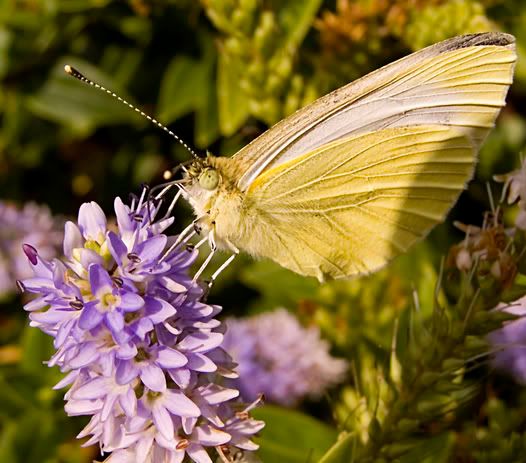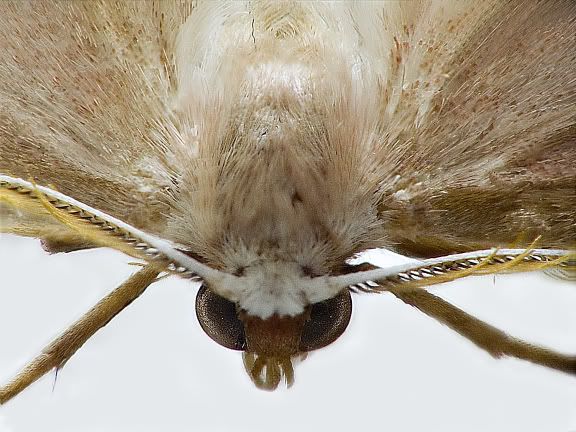I have got the Canon 400D Digital SLR camera and want to buy a macro lens for it. wondered if you wildlife photographers out there could help me.
Im looking at buying this one at the moment(Canon EF-S 60mm f/2.8 Macro USM). I have seen some excelent reviews on the internet and i hear its really sharp.
http://www.jessops.com/Products/ProductDetail.aspx?SkuId=2239
On the Jessops website it says:
"A minimum focusing distance of just 20cm gets you super close to your subject" I dont get what it means by this. Will i be able to get almost microscopic pictures if this is the case or not?
Also will i be able to Take photos of butterflies with this without frightening them away?
Im looking at buying this one at the moment(Canon EF-S 60mm f/2.8 Macro USM). I have seen some excelent reviews on the internet and i hear its really sharp.
http://www.jessops.com/Products/ProductDetail.aspx?SkuId=2239
On the Jessops website it says:
"A minimum focusing distance of just 20cm gets you super close to your subject" I dont get what it means by this. Will i be able to get almost microscopic pictures if this is the case or not?
Also will i be able to Take photos of butterflies with this without frightening them away?





